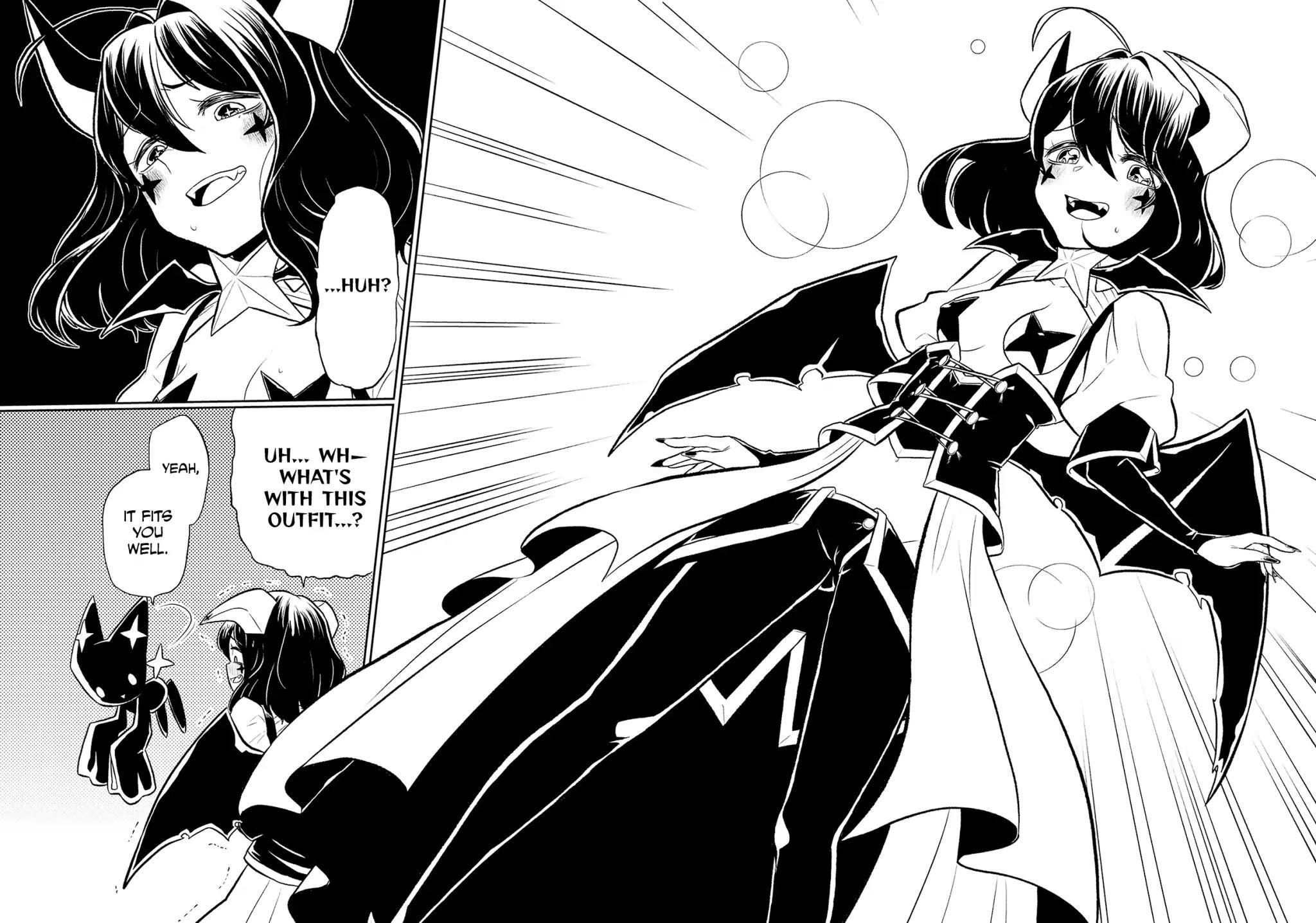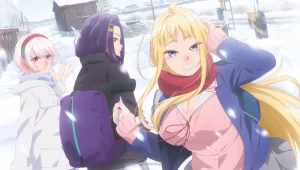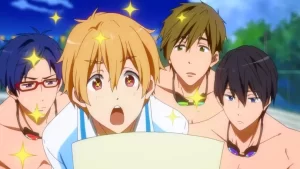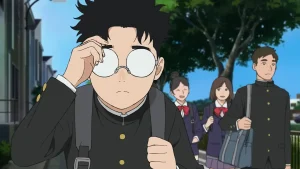
A Spellbinding Journey Through Magical Girl History
Introduction to Magical Girls
The magical girl genre refers to anime and manga series focused on young female protagonists who use magic and transform into magical girls to battle evil. These series are extremely popular in Japan and around the world, known for their vivid visuals, empowering themes, and secret identities. Though the genre has evolved over the decades, at its core it continues to center around “magical girl warriors” defending the innocent (Wikipedia).
The origins of magical girl series can be traced back to the manga Little Witch Sally in 1966, which then received an anime adaptation called Sally the Witch, often considered the first magical girl anime. There were some manga precursors as well, like Himitsu no Akko-chan in 1962 (Book Riot). Over the years, this genre has grown substantially, with several highly influential series that became pop culture phenomenons, like Sailor Moon and Cardcaptor Sakura.
This article will provide an in-depth look at the history and evolution of the magical girl genre, from its origins to the new series Gushing Over Magical Girls. We’ll explore some of the most iconic series, common themes and tropes, shifts in art style, and how a fresh take like Gushing Over Magical Girls keeps the genre feeling new while maintaining its core appeal.

Origins of Magical Girl Anime/Manga
The magical girl genre has its origins in 1960s anime and manga. Many consider Sally the Witch, which debuted in 1966, to be the first magical girl anime (source). Sally was a princess from the magical kingdom of Astoria who came to live as a high school student on Earth. However, there were some precursors in manga, such as Himitsu no Akko-chan by Fujio Akatsuka in 1962, which featured a young girl who could transform using a magical mirror (source).
Manga artist and astroboy creator Osamu Tezuka also made key early contributions to the genre. His manga Princess Knight from 1953 featured early magical girl elements and themes involving a princess disguised as a boy, and his 1969 series Marvelous Melmo also contained some magical girl ideas (source). Tezuka pushed the idea of young female heroes with magical abilities.
Classic Magical Girl Series and Tropes
Magical girl anime first rose to prominence in the 1990s with series like Sailor Moon, Cardcaptor Sakura, and Magic Knight Rayearth. These classic magical girl shows established many of the common tropes and themes audiences recognize today.
One of the most famous is Sailor Moon, which centers around a team of magical girls led by the princess Serenity. It popularized the “monster of the week” format where the heroes battle a new villain in each episode. Sailor Moon also heavily utilized princess mythology and a focus on feminine themes like romance and jewelry.
Cardcaptor Sakura followed the story of Sakura and her quest to capture magical cards with the help of her animal sidekick Kero the lion. The pairing of a magical girl heroine with an animal mascot or guide is an extremely common trope within the genre established largely by Cardcaptor Sakura.
In contrast, Magic Knight Rayearth took a different approach with a heavier focus on action and adventure. Instead of romance or slice-of-life stories, Rayearth sent its three heroines on a perilous fantasy quest. This demonstrated the genre’s flexibility.
Classic magical girl characters also tend to follow certain archetypes—the carefree girl-next-door, the quiet bookworm, the pampered princess, etc. Their personalities, pastimes, and even costume colors are coded into familiar tropes that creators play with in different ways.
Evolving Themes and Art Styles
Over time, the magical girl genre has evolved to include darker, more mature themes and complex characters. Series like Puella Magi Madoka Magica took the genre in a grimmer direction, with the magical girls facing tragic fates. Princess Tutu also had bittersweet undertones beneath its fairy tale aesthetic. Rather than simply defeating evil, these magical girls grappled with moral dilemmas and psychological trauma.
The heroines became more empowered and multidimensional, while the villains also gained more nuanced motivations. Characters like Homura Akemi from Madoka Magica demonstrate growth across timelines, going to extreme lengths out of love. Even Kyubey, the seemingly evil incubator, acts not out of malice but to prevent entropy.
Visually, the art style also evolved from elegant and sparkly to darker and grittier. Series like Madoka used shadowy, twisted imagery to convey the grimmer tone. Others like A Visual Montage of Magical Girl Evolution incorporated urban fantasy elements and detailed outfits. Overall, the genre has moved beyond its idealized roots towards complex storytelling and diverse visual styles.
Key Magical Girl Heroines Over the Years
Some of the most iconic and influential magical girl heroines that have shaped the genre come from landmark series across different eras.
Sally the Witch, from the 1966 anime of the same name, is considered the very first magical girl. She set the foundation with her magical powers and secret identity.
Usagi Tsukino, better known as Sailor Moon, is the most famous and quintessential magical girl from the 1990s. As cited from this ranking, her clumsy yet brave personality and legendary odango hair made her an international icon.
Sakura Kinomoto of Cardcaptor Sakura, also from the 90s, is the epitome of a sweet, earnest magical girl heroine. She captures the charm and fantasy appeal that draws fans to these series.
Madoka Kaname of the 2011 anime Puella Magi Madoka Magica represents a shift towards darker, more complex magical girl series. She demonstrates moral courage in wanting to help others despite the costs.
Through the decades, viewers have connected with magical girl protagonists that encapsulate themes of empowerment, compassion, and perseverance. Their stories continue to inspire new generations of fans.
The Appeal of the Magical Girl Villainess
The magical girl genre has evolved to feature more complex antagonists beyond the typical always-evil monsters. While early magical girl shows relied on villain-of-the-week style monsters for the heroines to defeat, later series began exploring more nuanced villainesses with intricate backstories and motivations.
A popular antagonistic archetype is the “dark magical girl” – someone who has powers similar to the protagonist but uses them for evil. These dark counterparts make for compelling foils and raise thought-provoking questions about the nature of power and corruption. For example, in Puella Magi Madoka Magica, the seemingly sweet and innocent Homura Akemi is revealed to have made a Faustian bargain to become a magical girl. Her desperation to save Madoka drives her into darker territory. This added layers of moral ambiguity to the show beyond simple good versus evil.
Other series like Magical Girl Raising Project went further by having magical girls turn on each other in a battle royale for limited power. Watching former allies become enemies added drama and tragedy. Overall, villainesses in modern magical girl stories are now written with more nuance and depth, making them just as compelling as the heroines.
Gushing Over Magical Girls Premise
Gushing Over Magical Girls follows middle schooler Hiiragi Utena, an ordinary girl with an extraordinary love for magical girls. After being tricked into joining the evil organization Enormita, Utena finds herself on the inside of the very battles between good and evil that she used to admire from afar. The show takes place in modern-day Tokyo with key battles occurring at Tokyo Tower.
Utena and her best friends Himawari and Hanako provide an ensemble cast that appeals to new viewers, while Homura, the mascot character, will delight veteran fans with nods to classic series. Homura transforms Utena into a magical girl herself so she can fight Enormita’s monster creations. Each episode sees Utena learn more about the origins and motives behind Enormita and its mysterious leaders.
Fans have praised Gushing Over Magical Girls for its fresh take on the evil organization trope and for adding more nuance to the magical girl mythos. Utena makes for an unlikely heroine who brings a fan’s excitement and wonder to the battles, while also dealing with morally grey situations now that she’s inside Enormita. The show promises to take viewers on an unpredictable ride.
Gushing Over Magical Girls’ Fresh Take
The new winter 2024 anime Gushing Over Magical Girls puts an inventive twist on some classic magical girl tropes, especially when it comes to villainesses and evil organizations. As described in an Anime News Network preview guide, “The idea of a magical girl fan being forced to become a villain—only to reluctantly discover she likes being one—is a solid idea rife with comedic potential” (source).
Rather than featuring a cackling, one-note villainess like those in earlier magical girl shows, Gushing Over Magical Girls centers around a complex protagonist who struggles with her own duality. This provides an opportunity to satirize and upend the typical dichotomies of good and evil in the genre. According to fans on Reddit, the series also takes a tongue-in-cheek approach to magical girl tropes while exploring some darker themes (source).
Visually, Gushing Over Magical Girls utilizes a stylized animation style that pays homage to both vintage and modern magical girl aesthetics. The character designs recall the elegant look of classic series like Sailor Moon, while the action scenes employ fast-paced, dynamic motion more common in contemporary anime. This unique fusion of retro and cutting-edge allows both new and long-time magical girl fans to enjoy the artistic presentation.
The Enduring Legacy of Magical Girls
The magical girl genre has maintained incredible popularity across generations of fans globally. Though it originated in Japan in the 1960s, the appeal of young girls using magical powers still resonates strongly today. As expressed on Reddit, “There is no incompatibility between being a ‘magical girl story’ and being aimed at a shonen or seinen audience. The key is that the main protagonists are girls who use magic in a fantastical way.”
While the themes and art styles have evolved over the decades, the core spirit of magical girls overcoming adversity through magic and teamwork persists. As the CBR article highlights, “The success of the magical girl genre is in part due to the empowering messages and themes the different series would promote to young girls.”
No matter how dark or lighthearted a particular series is, magical girl anime and manga continues to inspire viewers to believe in themselves and work together with friends. This timeless formula ensures new generations will continue discovering and falling in love with magical heroines, just as fans have for over 50 years.
Conclusion
In summary, the magical girl genre has a rich history spanning over 50 years, originating in Japan but capturing the imaginations of fans globally. From early series like Sally the Witch and the manga Secret Akko-chan, to classics like Sailor Moon and Cardcaptor Sakura, core themes of female empowerment, glamour, romance, and mysticism have defined these magical stories. Yet the genre has also proven itself highly adaptable, taking on darker, more mature tones in revolutionary series like Puella Magi Madoka Magica. With new entries like Gushing Over Magical Girls putting fresh spins on the villainess trope, it’s clear there are still plenty of magical adventures yet to be told.
Looking to the future, the magical girl genre has proven its staying power and appeal to new generations. As animators and storytellers continue reinventing tropes and pushing creative boundaries, there remains so much untapped potential for these powerful young heroines. The future surely holds more unique takes on magical girls that retain the charm and imagination that has made this genre beloved worldwide.





